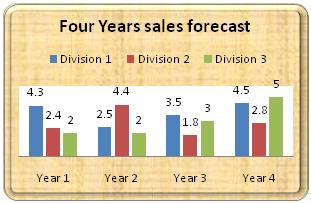Major features of a Business Plan
1. Business plan outline
Business plan is a document that has been around for decades. So there is certain information people do expect finding in the plan you present. Analysing sample business plans you can conclude that below listed are the usual business plan parts (small explanation for each part is provided):
2. Being user friendly
The best business plan template should be clear and understood. Ideally it should provide fields for you to fill in and the hints helping you to do that quickly and professionally. Working with the business plan is like answering major questions about your project. These answers should be brief and logical and appear right where the reader expects to find them.

3. Business plan financials
Doing financial calculations for your business plan might take a lot of time but using automated forms is a smart way to boost productivity and avoid making technical mistakes. So the best business plan template should calculate your balance sheet, profit and loss statement, cash flow statement and major financial ratios (like working capital ratio, debt to equity ratio, margins etc.) automatically.
For a help preparing a business plan for your business, Contact our business development/accountant manager Oscar Kalu on oscark@multiplechoiceaccountancy.com.
Multiple Choice Accountancy. © Terms. All rights reserved
Multiple Choice Accountancy is a fast growing accountancy practice.
Your Business Success is Our Mission!
Registered address Colton House, Princes Avenue, Finchley, London. N3 2DB